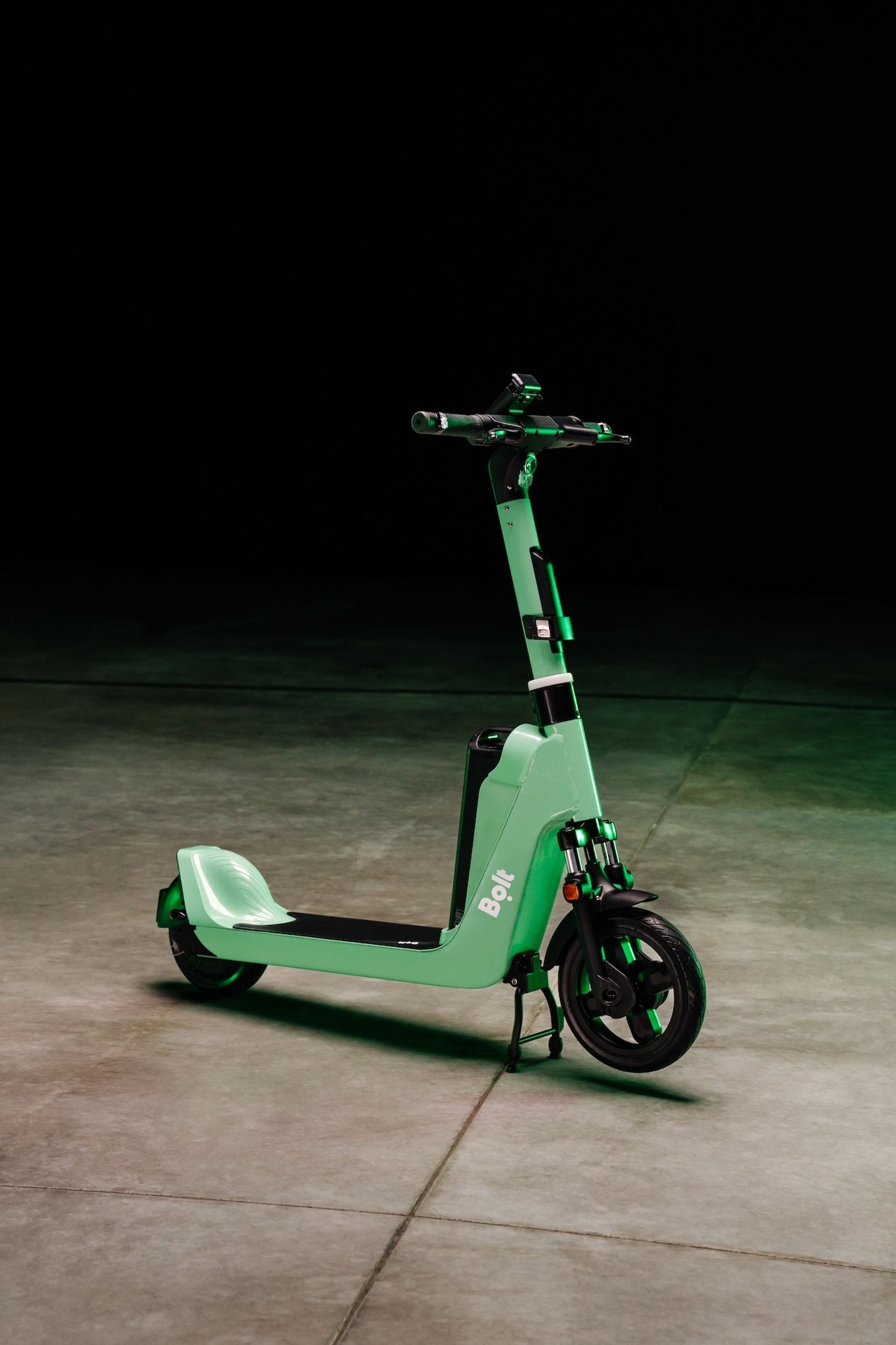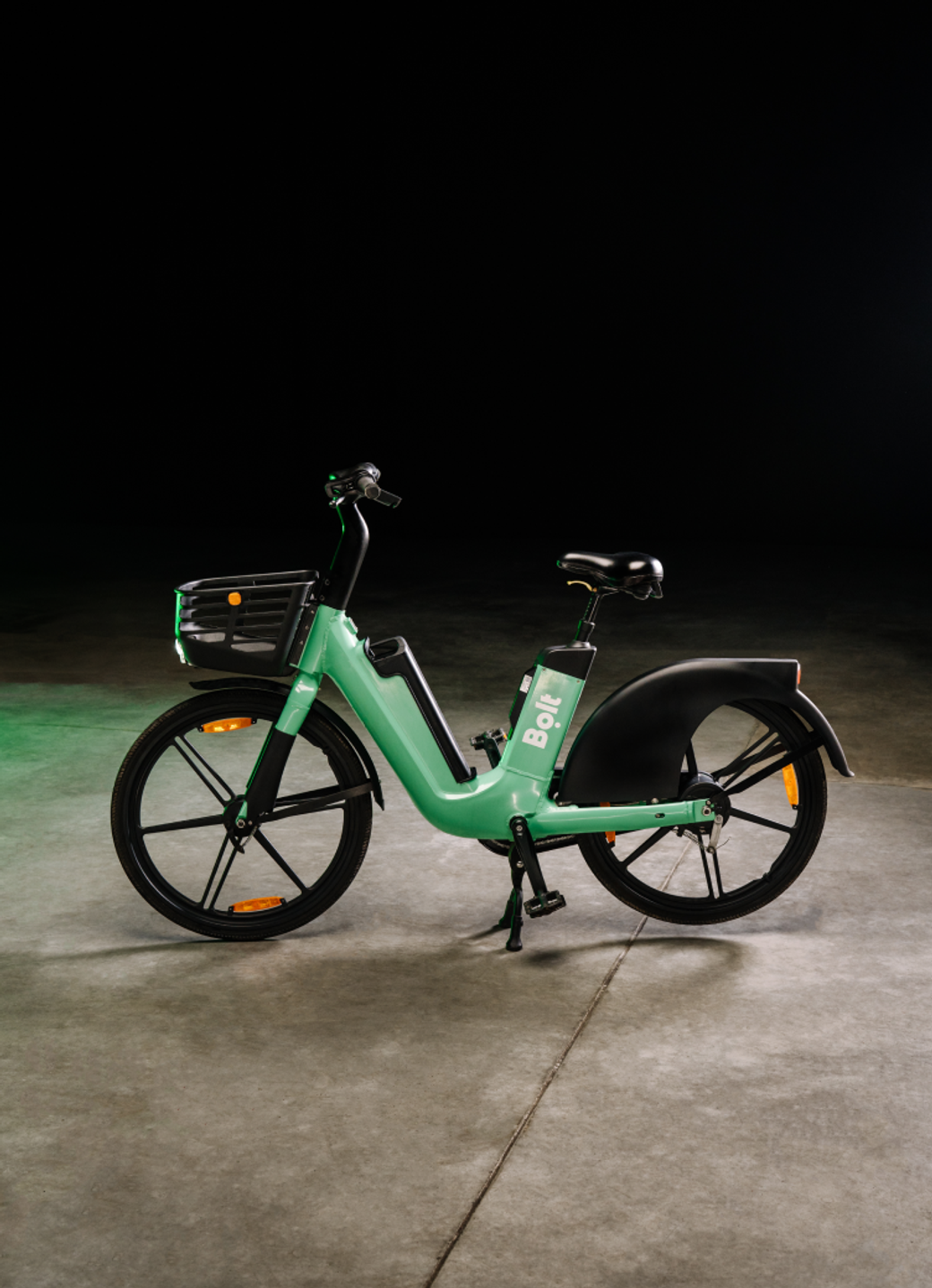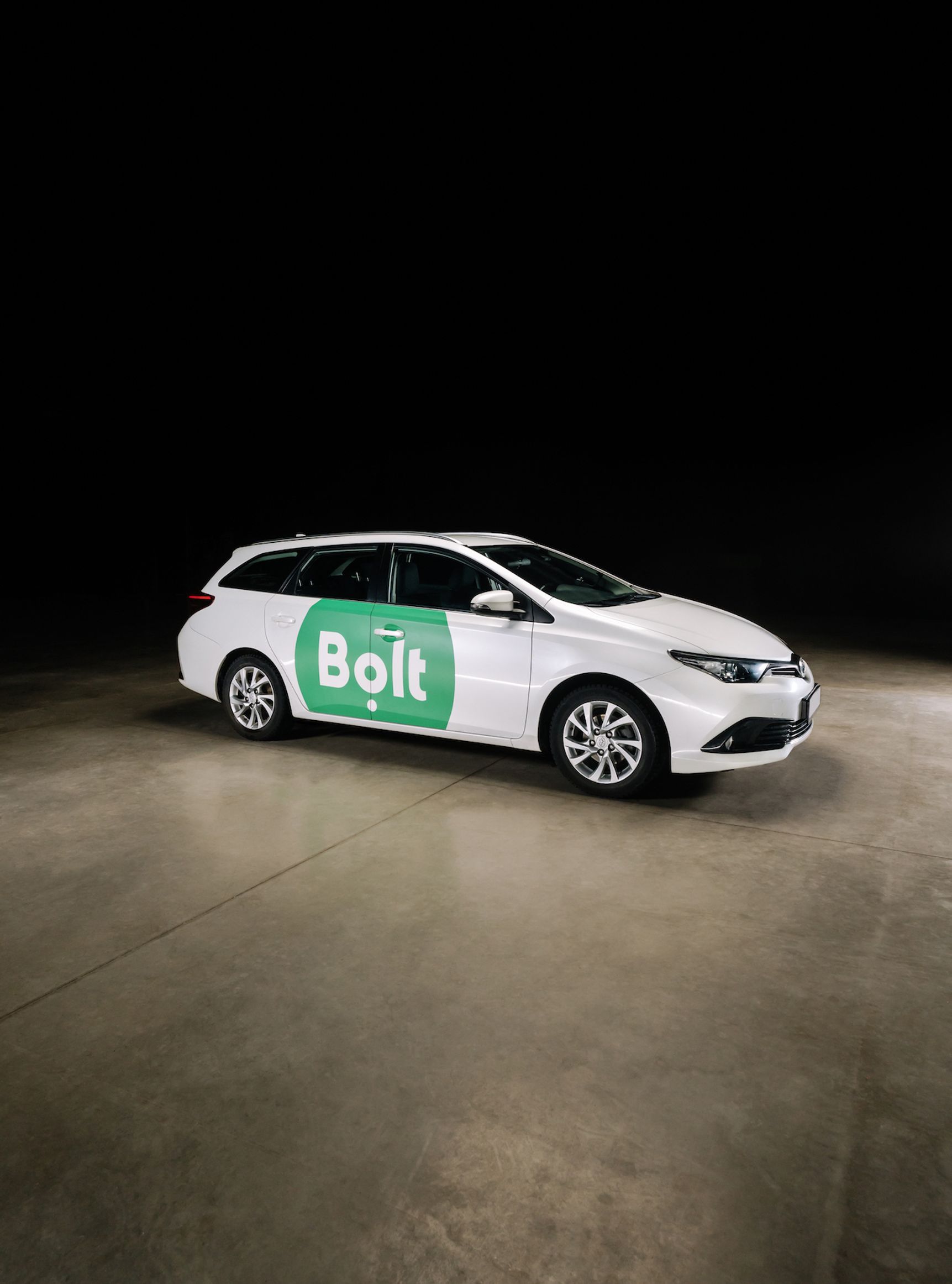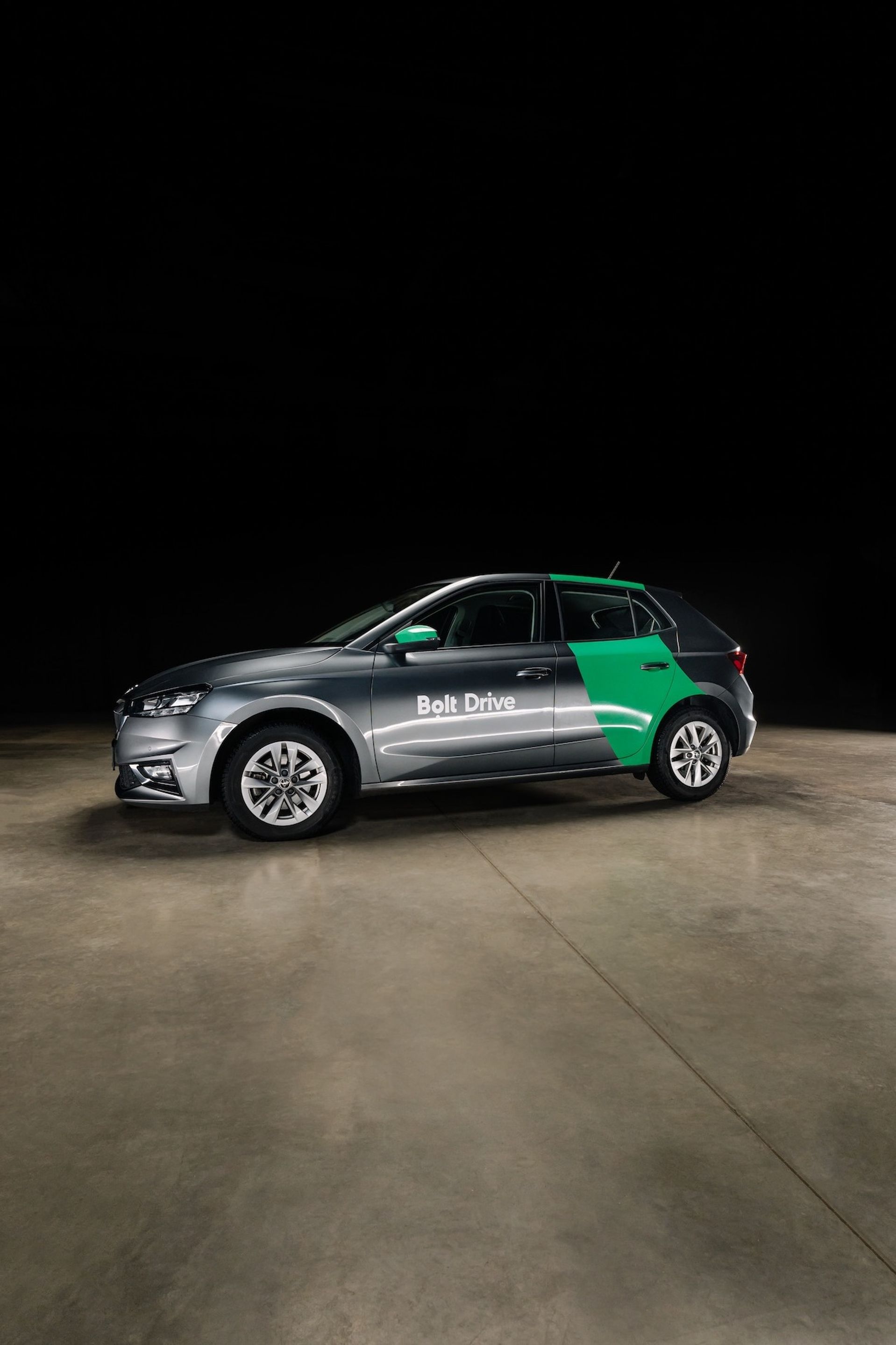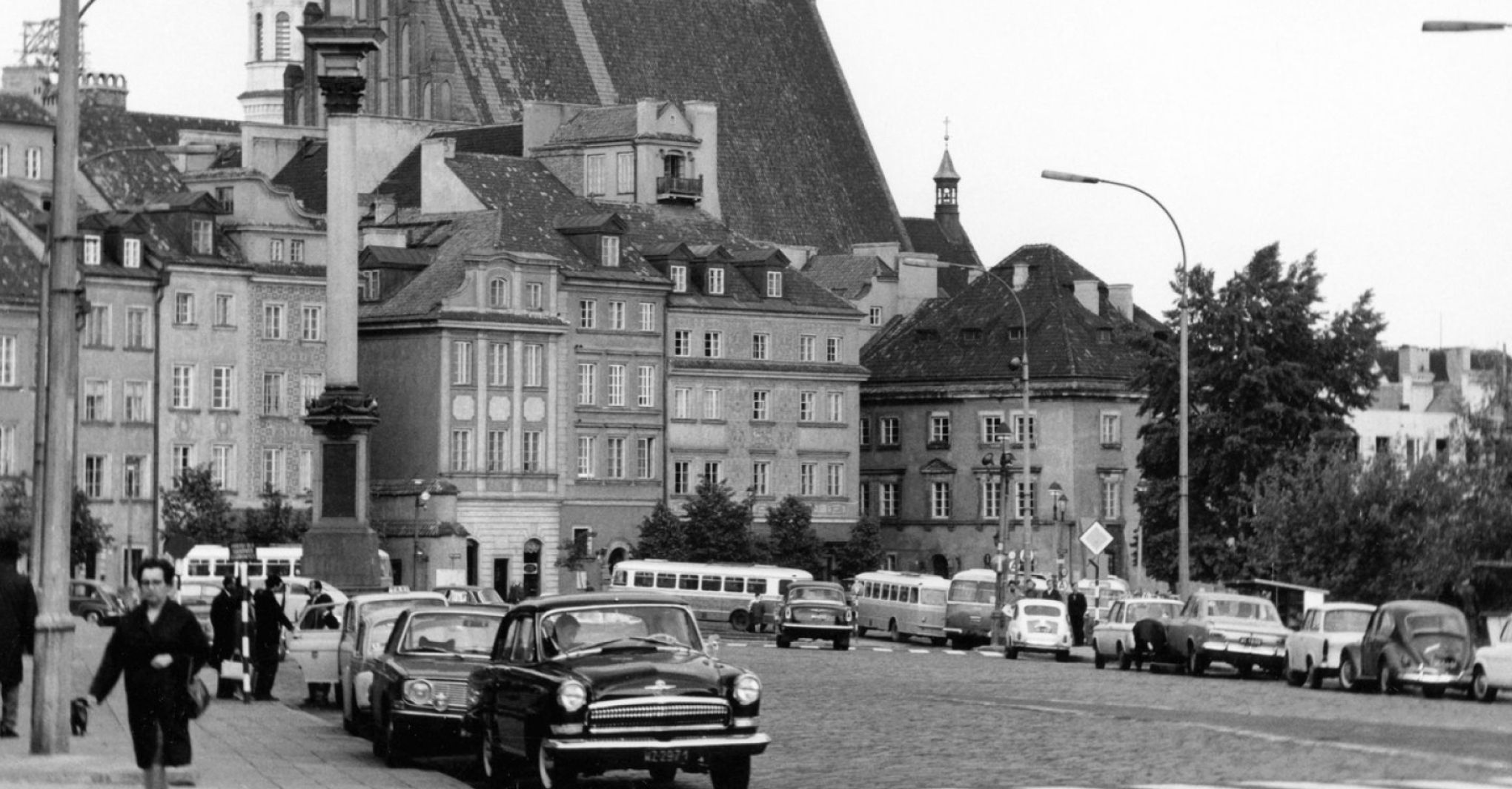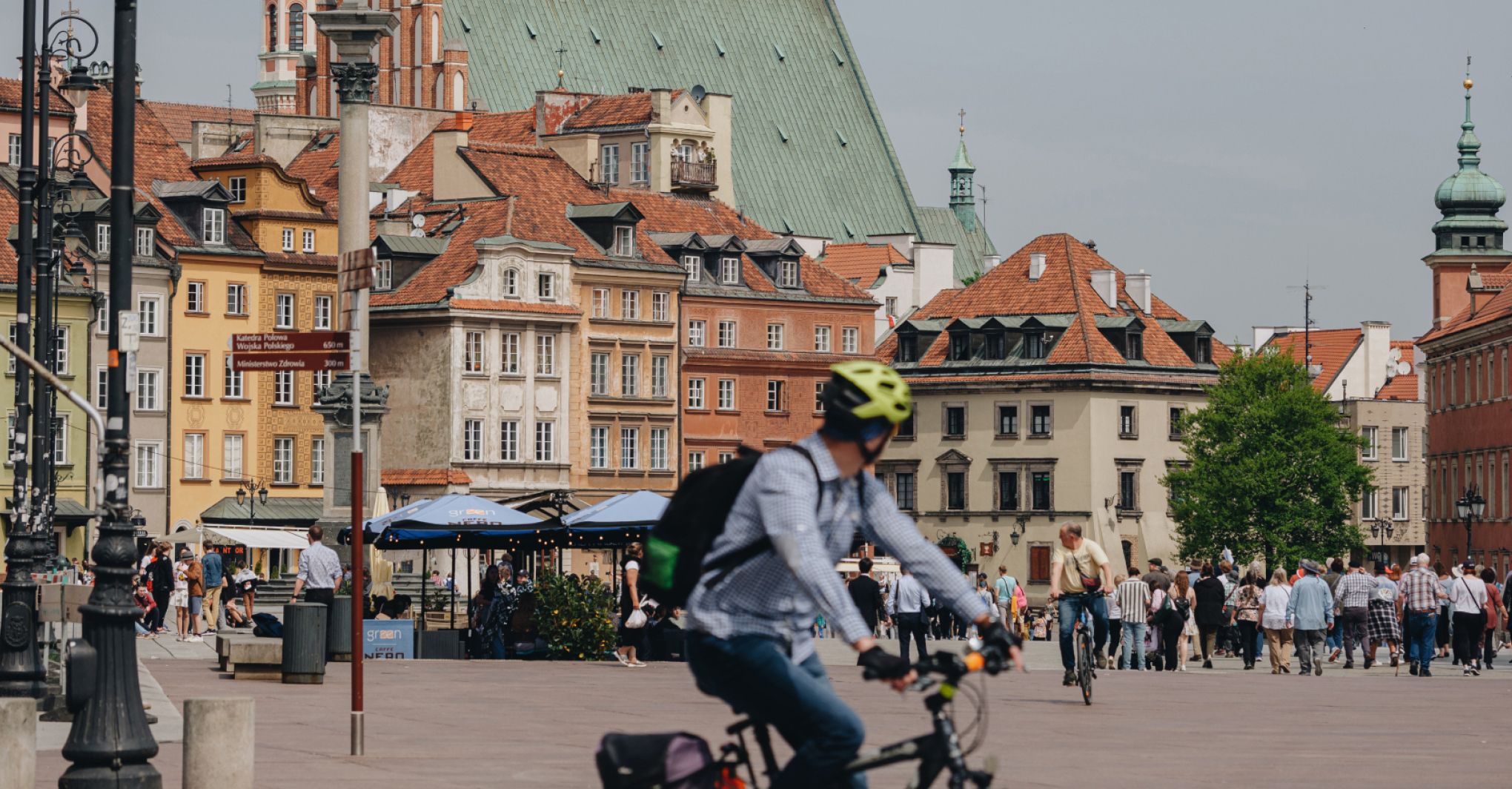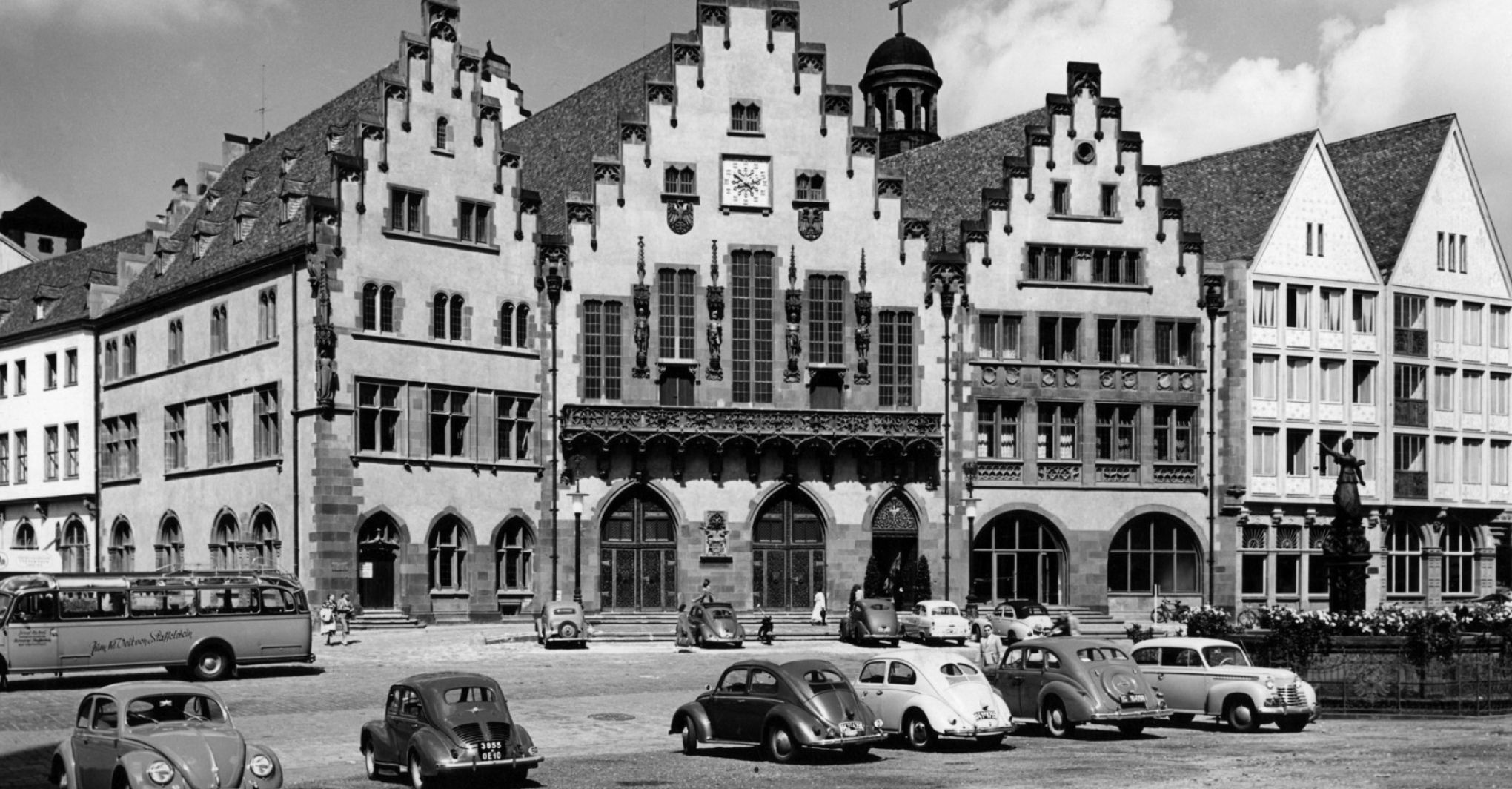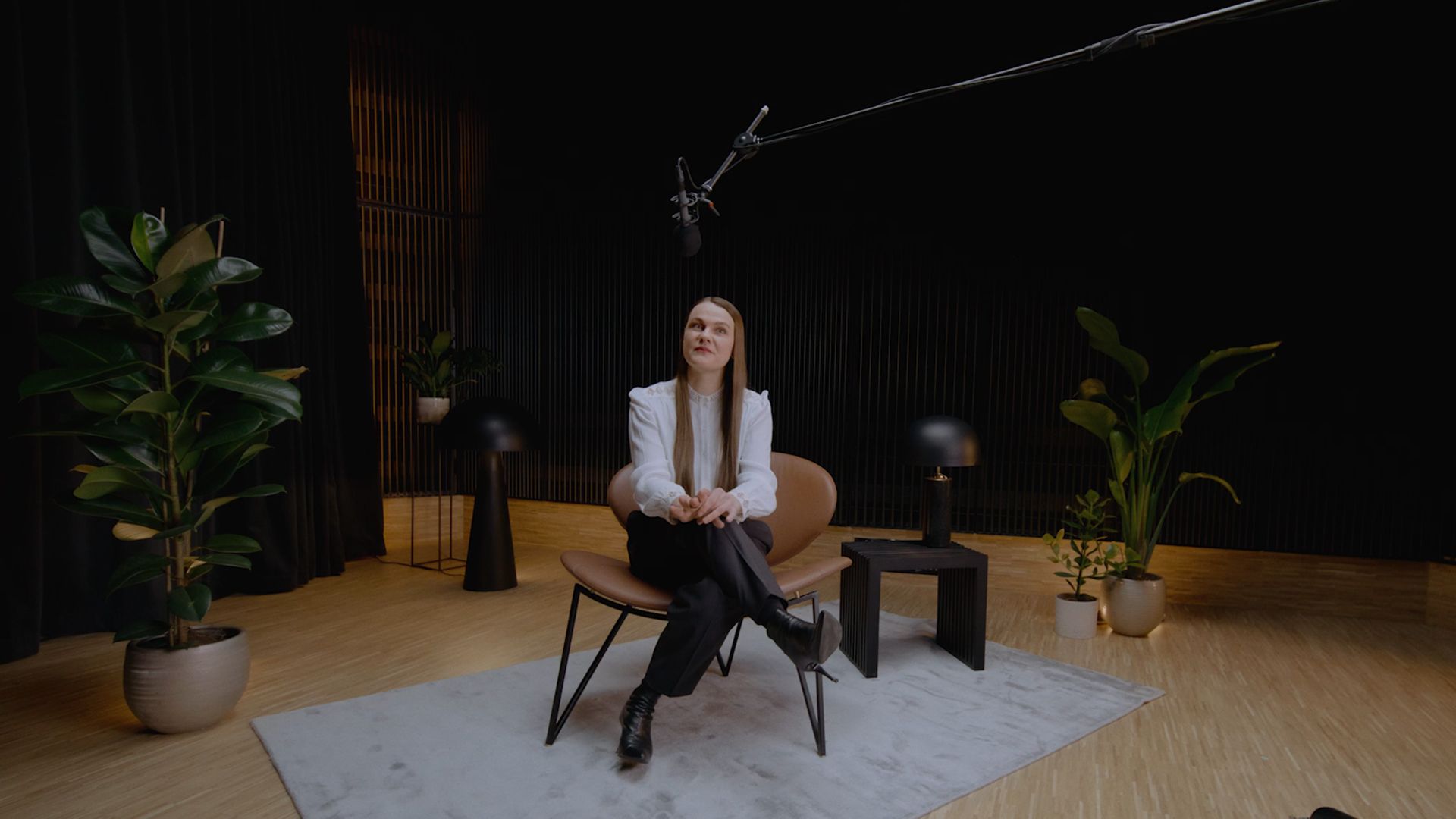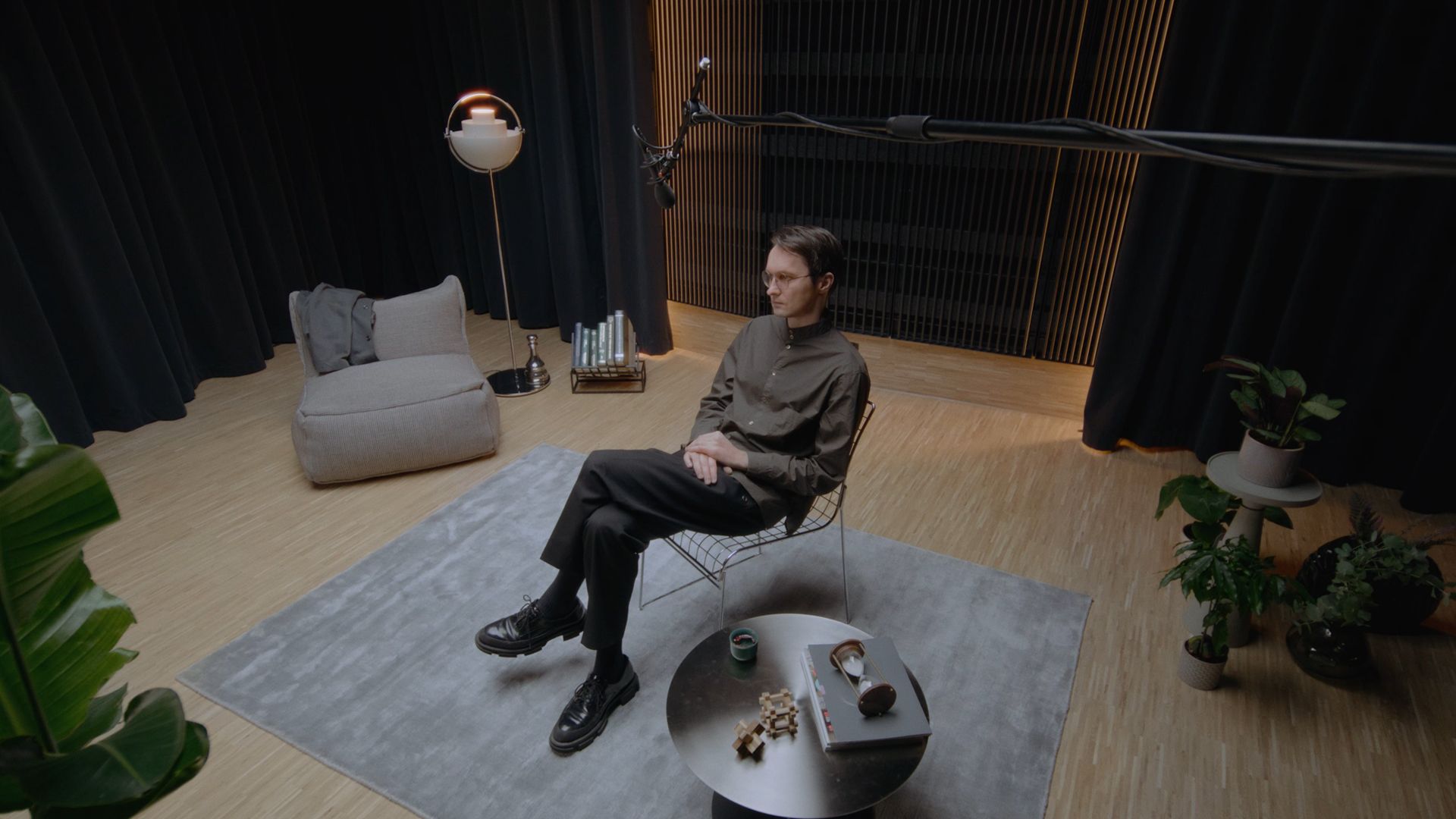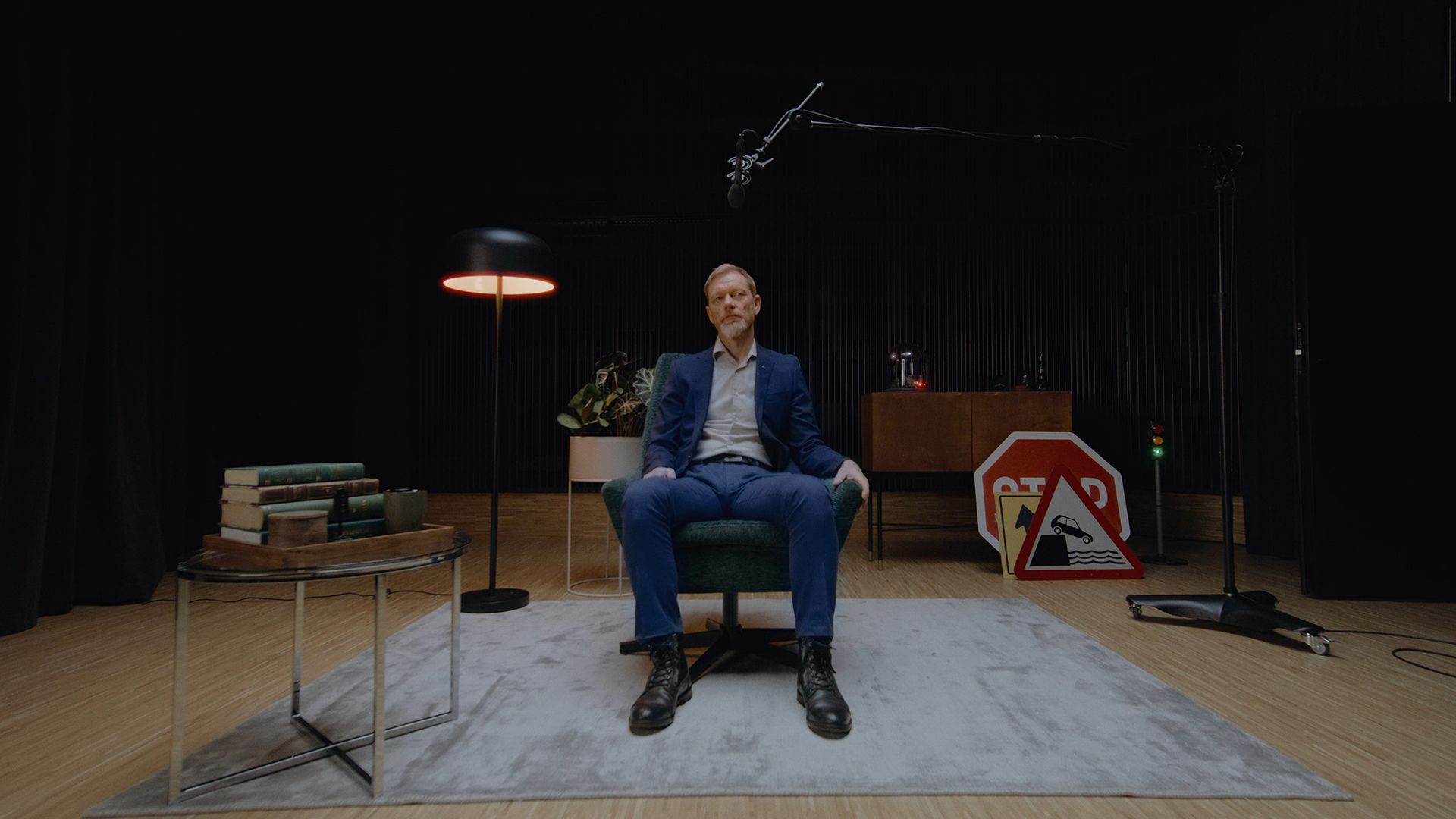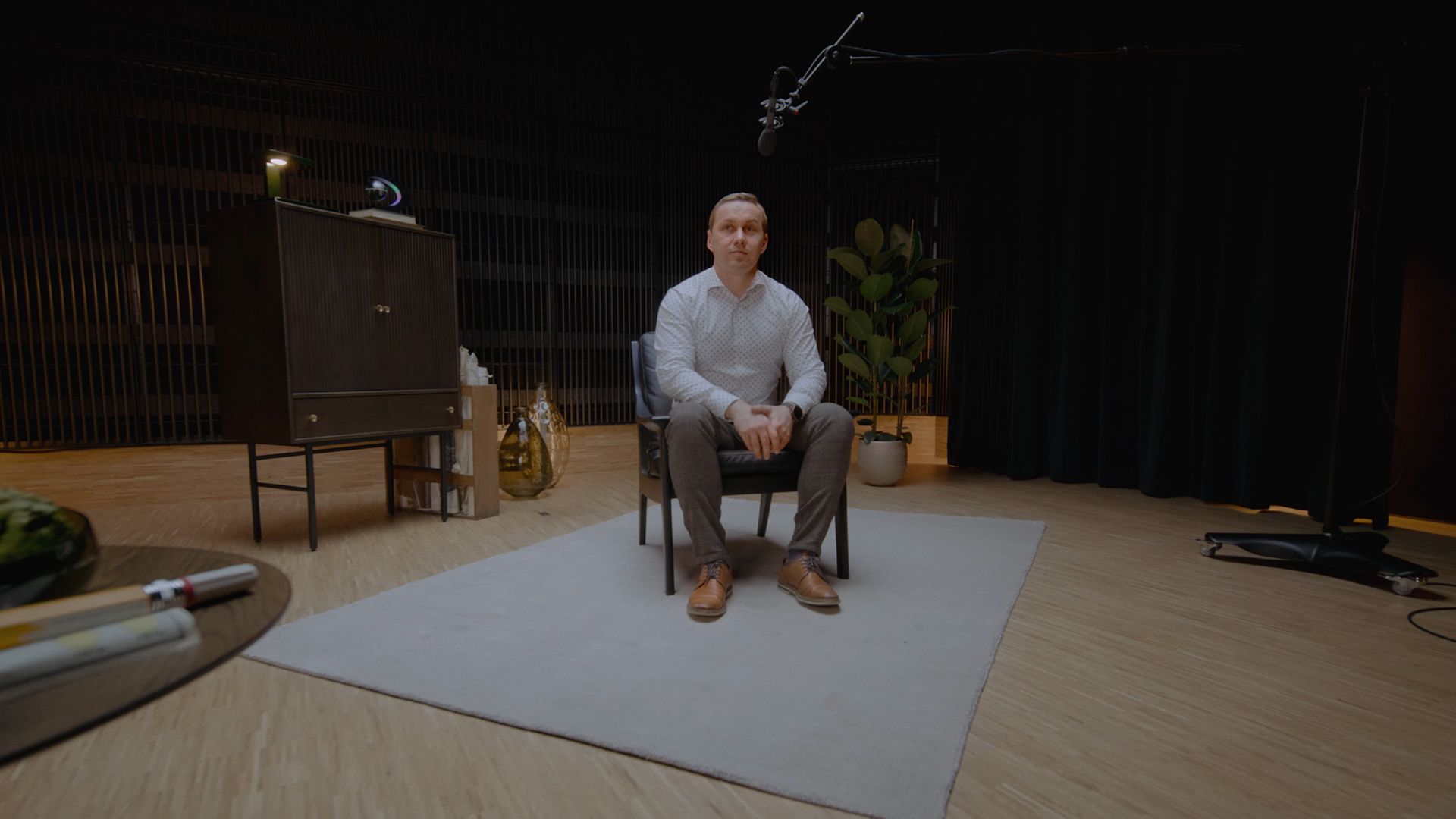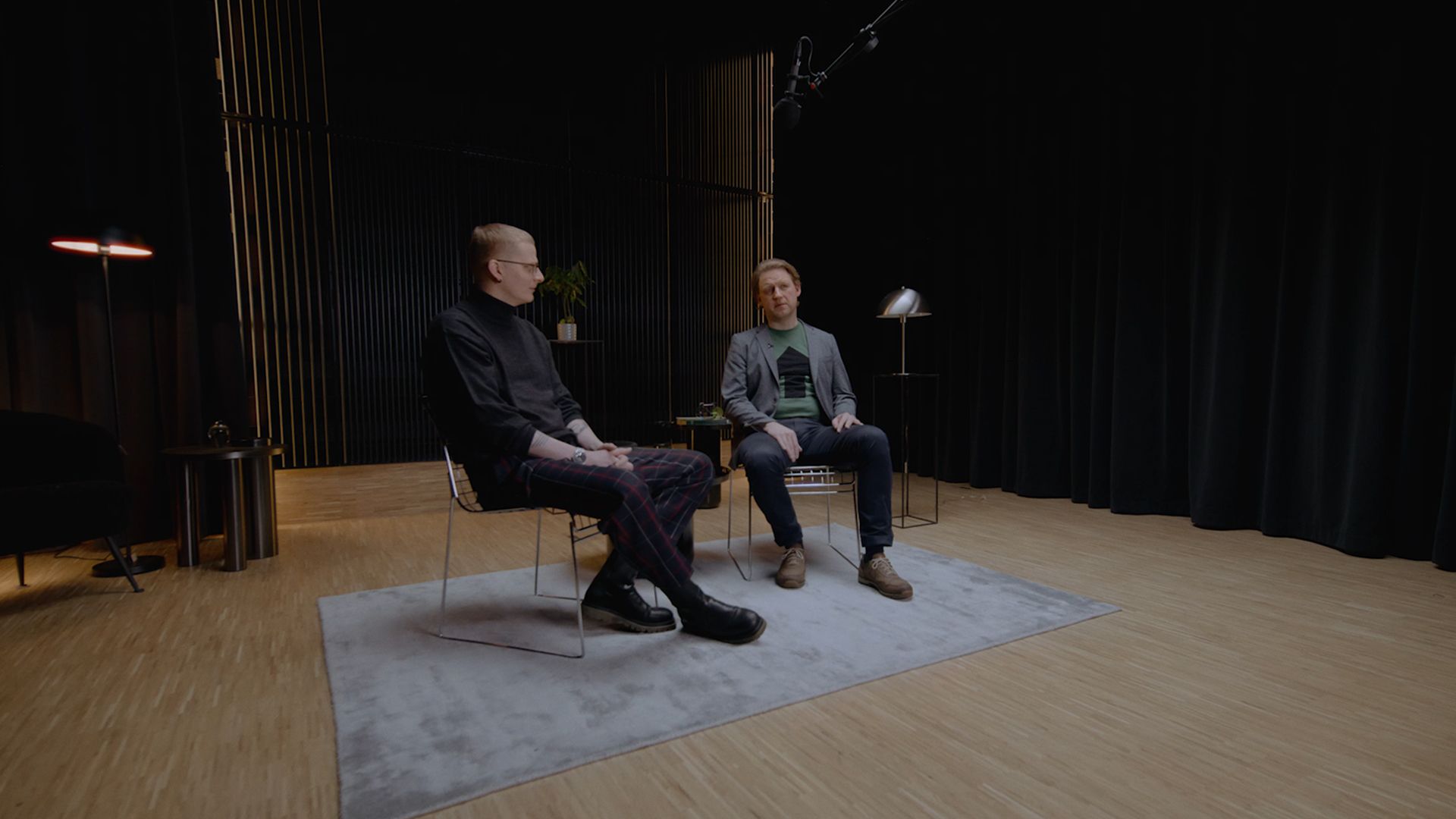LET'S MAKE CITIES FOR PEOPLE,
NOT CARS.






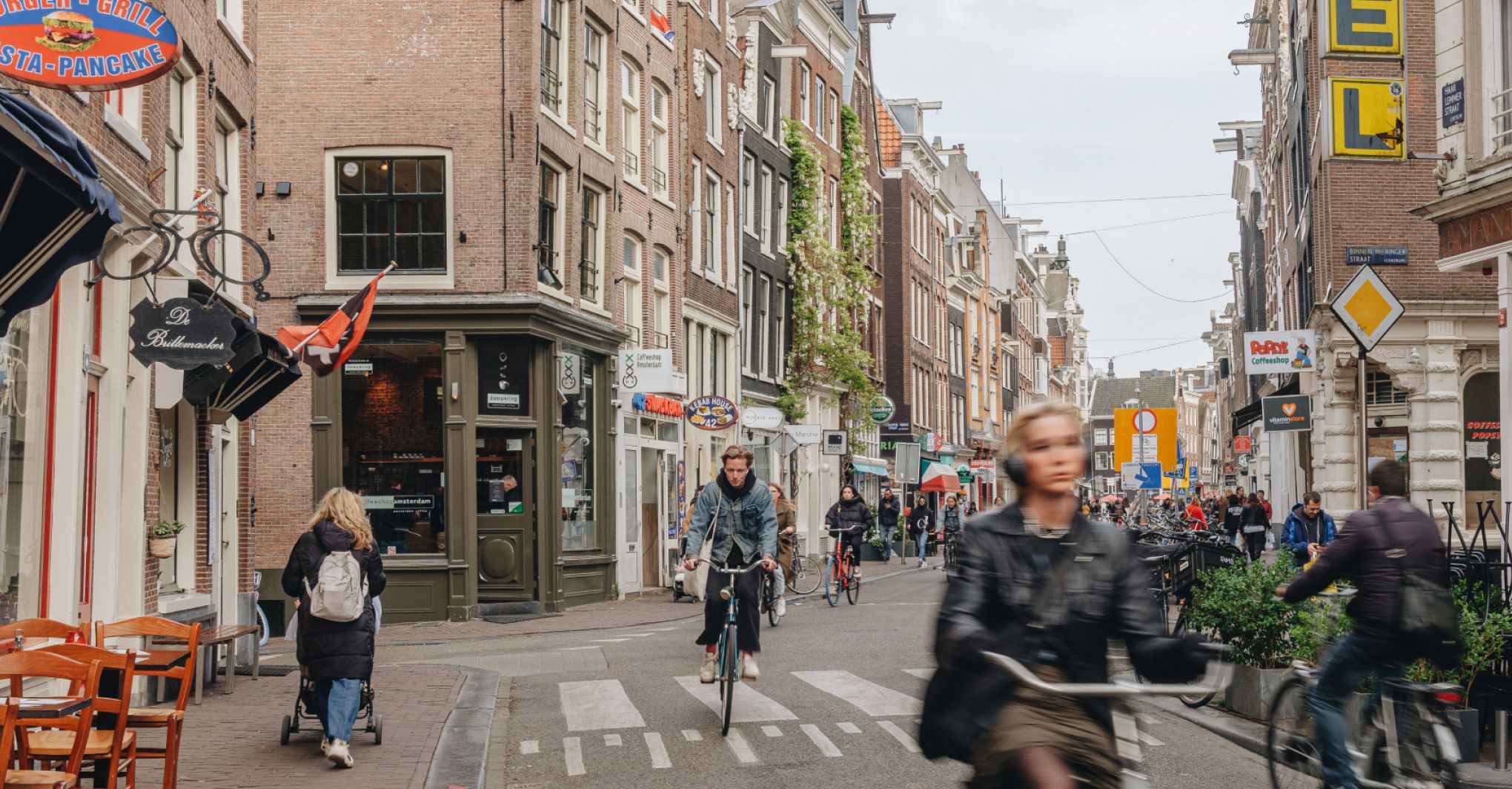
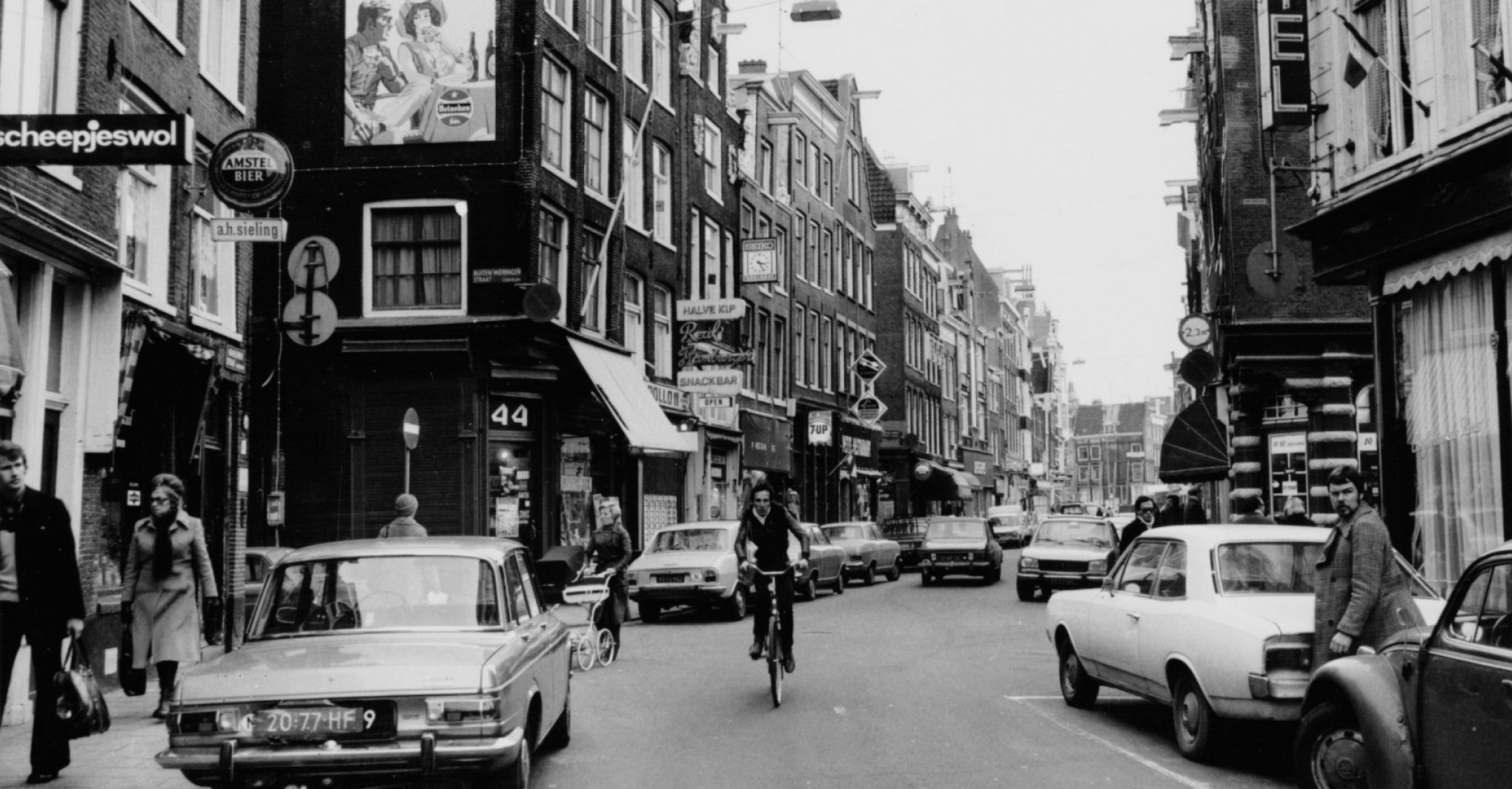
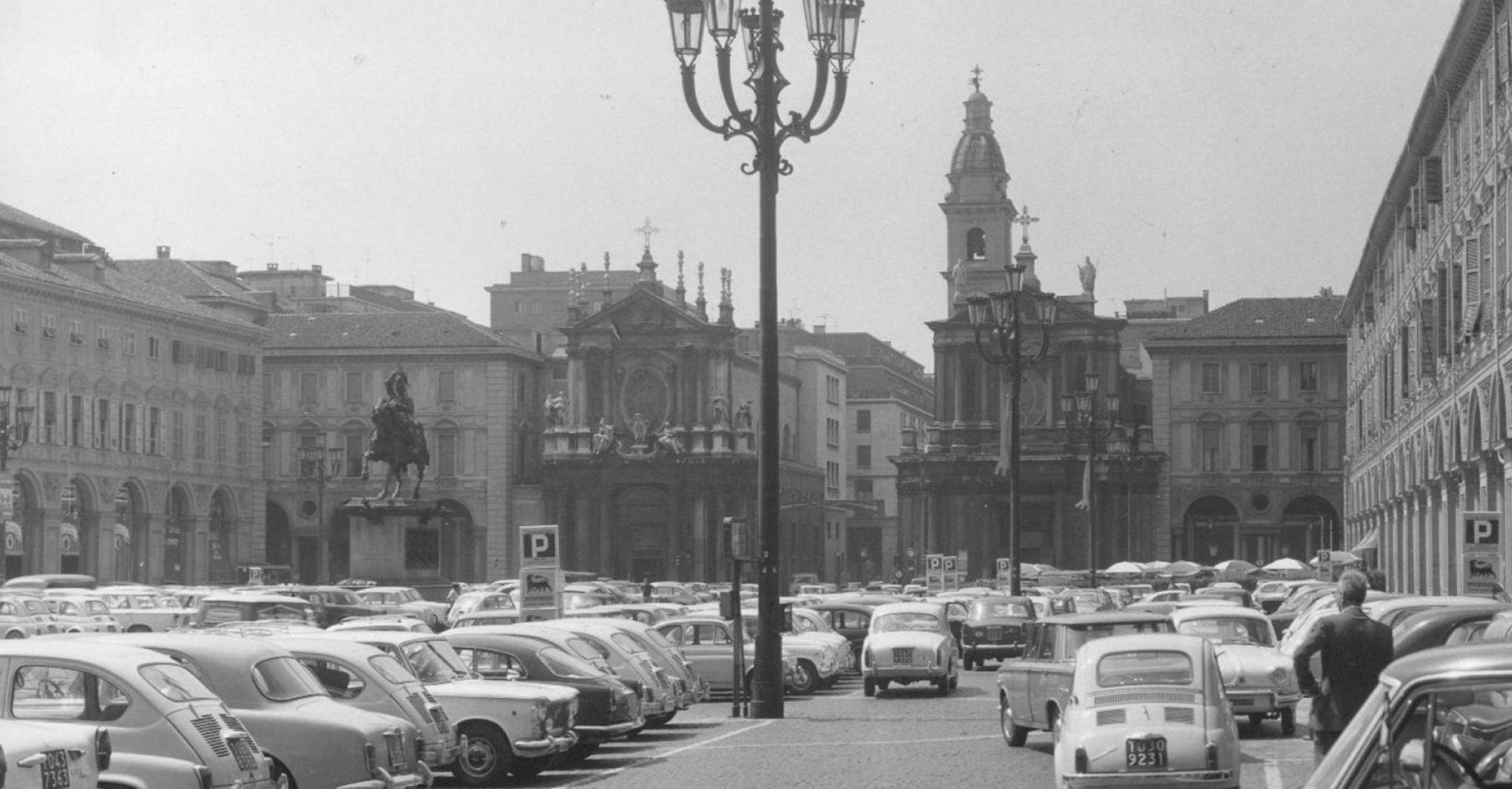
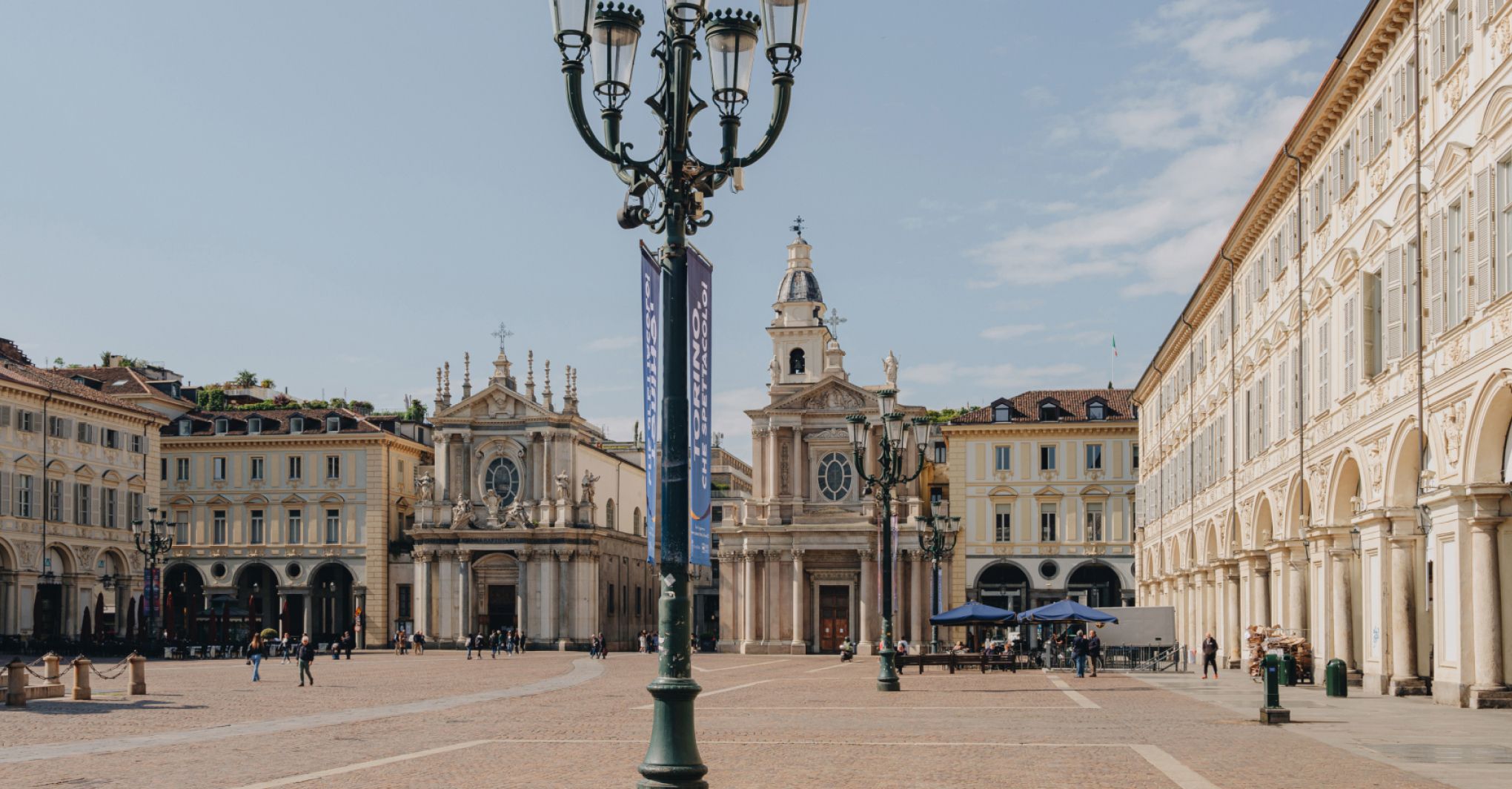
But in 2023, What on Earth! isn’t just a cute cartoon with an Oscar nomination. It’s a reality.
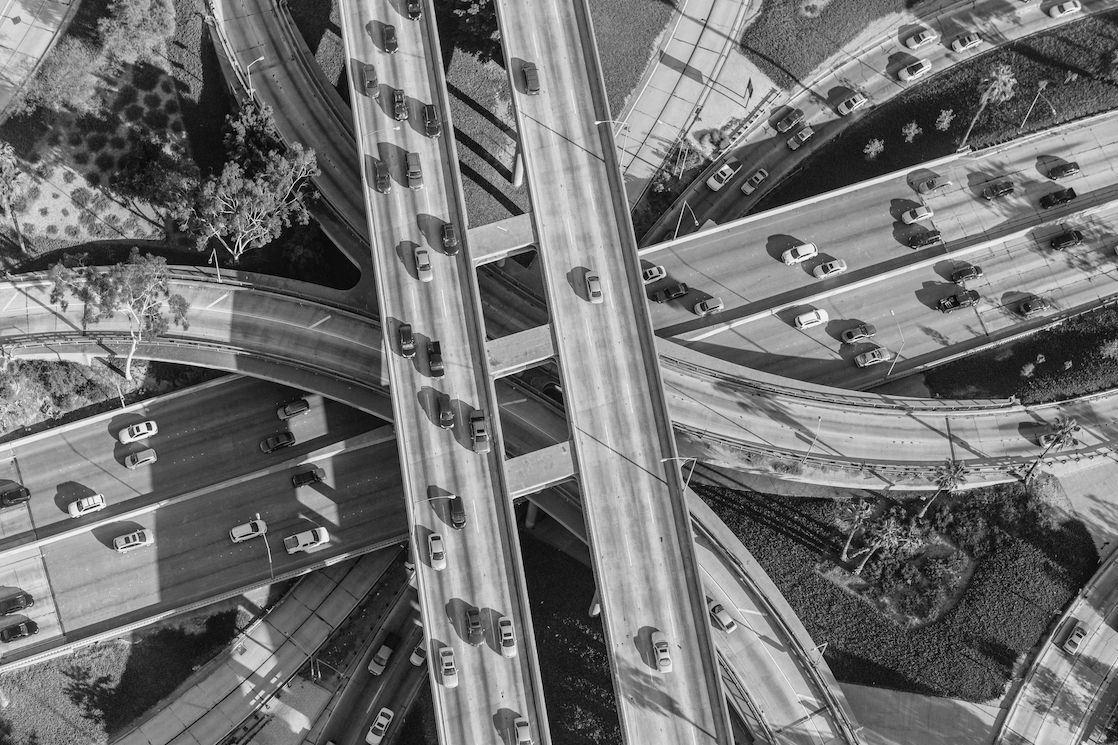





The Cambridge Dictionary defines dependency as the inability to stop using something harmful.
If car infrastructure takes up 80% of urban land; road transport creates over 20% of CO2 emissions; car accidents kill more than 1.3 million people per year; and traffic-related noise affects over 113 million Europeans — then why has the number of cars in Europe grown 10 times faster than it’s population?
While the Cambridge Dictionary refers to alcohol and drugs, the definition rings true to our relationship with cars.
Scroll to see how we ended up in this situation.
We buy more cars
The allure of status, freedom and convenience helps car sales grow every decade for over a century.
In 2023, the number of cars sold worldwide reaches 65.4 million units.
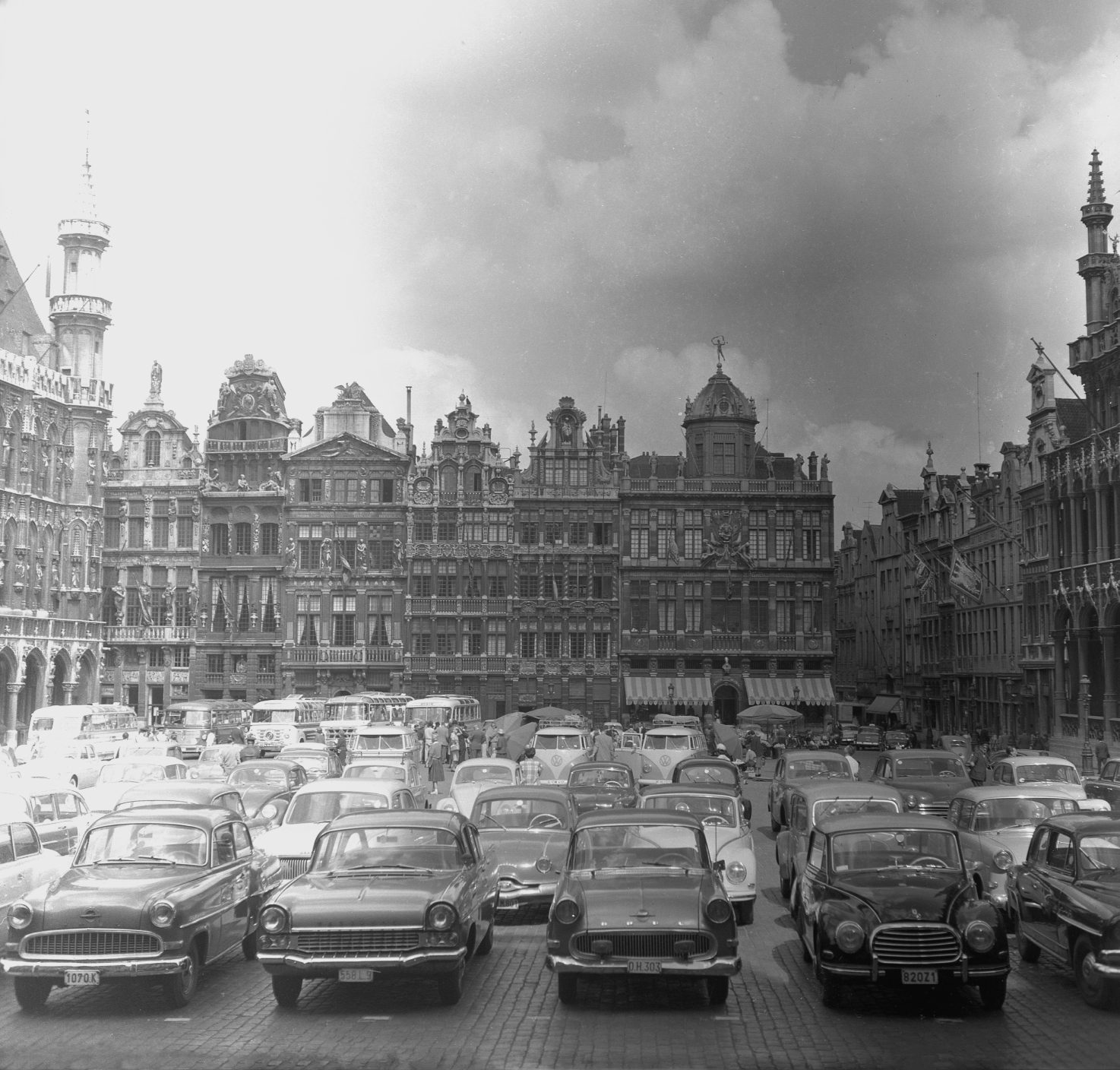
We build our cities to accommodate more cars
Pressured by car owners, urban planners invest taxpayers’ money to fund wider roads and bigger parking lots.
In Paris, a car is granted over 100m2 of urban land, while a person occupies just 31m2 of living space.
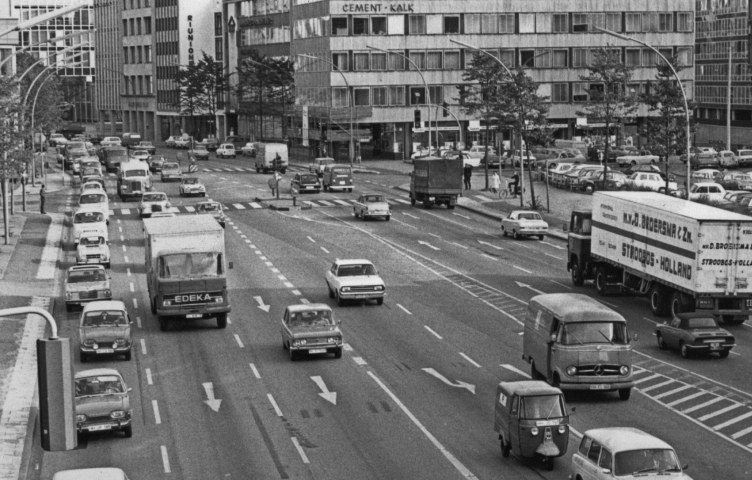
We neglect walking, cycling and public transport
Higher investment into car infrastructure means lower investment into pedestrian paths, cycle lanes and public transport.
This leads to an inefficient use of public space, as a bus lane can transport up to 13 times more people than a lane of private cars.
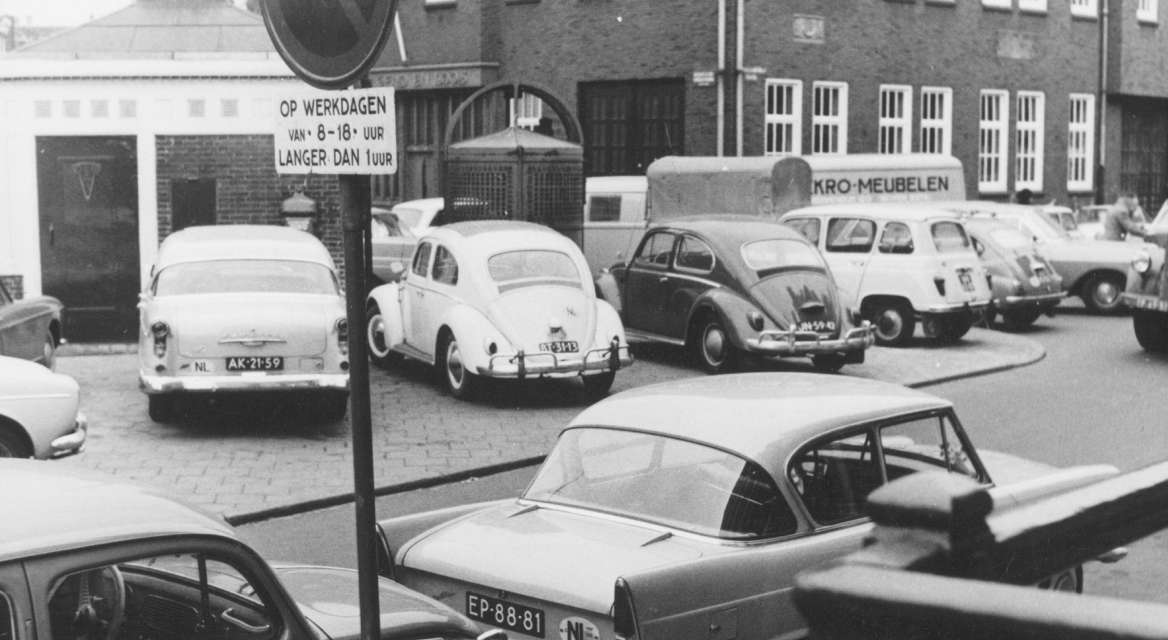
We move to the suburbs
City centres become packed with cars, forcing people to move away to the suburbs.
This is called suburban sprawl — a 20th century phenomenon that impacts every aspect of our lives.
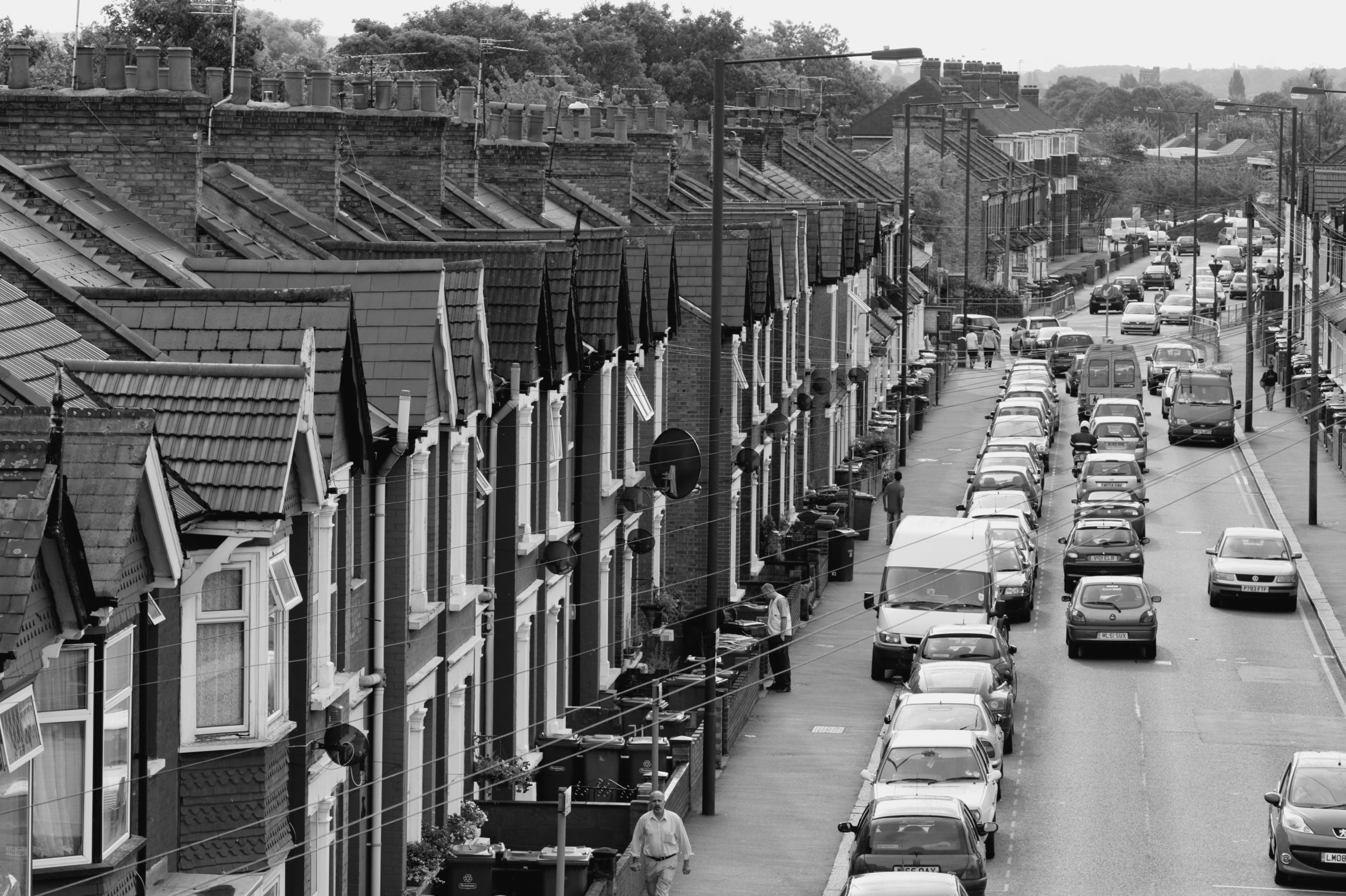
We need to drive everywhere
As suburbs lack an adequate public transport network, people resort to using private cars for both short and long trips.
And the cycle continues.

Reversing car-dependency
Thankfully, we now have the tools we need to put car-dependency and its consequences in the rearview mirror.
Best for trips under 3 km
For riders, scooters mean skipping traffic and easier access to public transport. For cities, they mean reduced air pollution, lower congestion and better use of public space. In 2023, Bolt scooters replaced more than 20 million car kilometres and helped avoid over 2.4 million kilograms of CO2 emissions.
Around the world, cities have started fighting back against private cars.
To document the change, we sent award-winning photographer Tõnu Tunnel across Europe and curated his work into the first-ever gallery of urban transformations.
Browse the photos to see what happens when cities change from spaces for cars into places for people.
Paris
Rue des Rosiers
The National Archives of the Netherlands - Willem van de Poll, 1965


We spent the last hundred years developing our addiction to private cars. But for the first time in history, we can finally kick the habit.
How can we make that happen? How should authorities, citizens and mobility platforms work together to make cities for people? And how do we shift the conversation from what do we need to give up to what can we get in return? We interviewed some people who know the answers.
Watch the videos to hear what experts have to say.
Karen K. Burns
Watch founder of an urban analytics startup Karen K. Burns talk about harnessing data to build agile, safe and human-centric cities.
Reversing car-dependency
Thankfully, we now have the tools we need to put car-dependency and its consequences in the rearview mirror.
Best for trips under 3 km
For riders, scooters mean skipping traffic and easier access to public transport. For cities, they mean reduced air pollution, lower congestion and better use of public space. In 2023, Bolt scooters replaced more than 20 million car kilometres and helped avoid over 2.4 million kilograms of CO2 emissions.
Around the world, cities have started fighting back against private cars.
To document the change, we sent award-winning photographer Tõnu Tunnel across Europe and curated his work into the first-ever gallery of urban transformations.
Browse the photos to see what happens when cities change from spaces for cars into places for people.
Paris
Rue des Rosiers
The National Archives of the Netherlands - Willem van de Poll, 1965
“The best part of the project was comparing the car-filled streets of the past with the people-packed streets of today. Change is possible everywhere.”
– Tõnu Tunnel, photographer
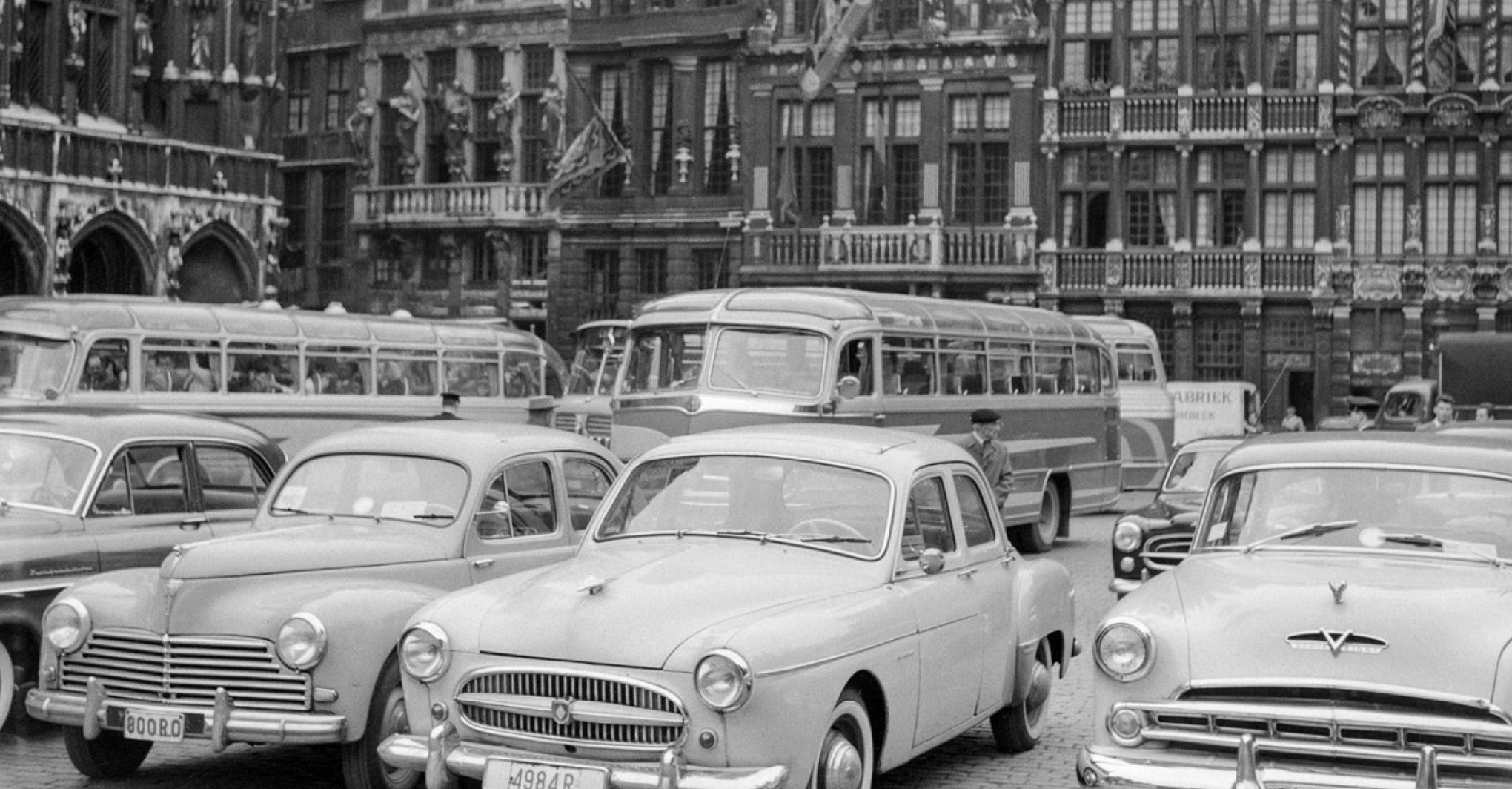



We spent the last hundred years developing our addiction to private cars. But for the first time in history, we can finally kick the habit.
How can we make that happen? How should authorities, citizens and mobility platforms work together to make cities for people? And how do we shift the conversation from what do we need to give up to what can we get in return? We interviewed some people who know the answers.
Watch the videos to hear what experts have to say.
Karen K. Burns
Watch founder of an urban analytics startup Karen K. Burns talk about harnessing data to build agile, safe and human-centric cities.
